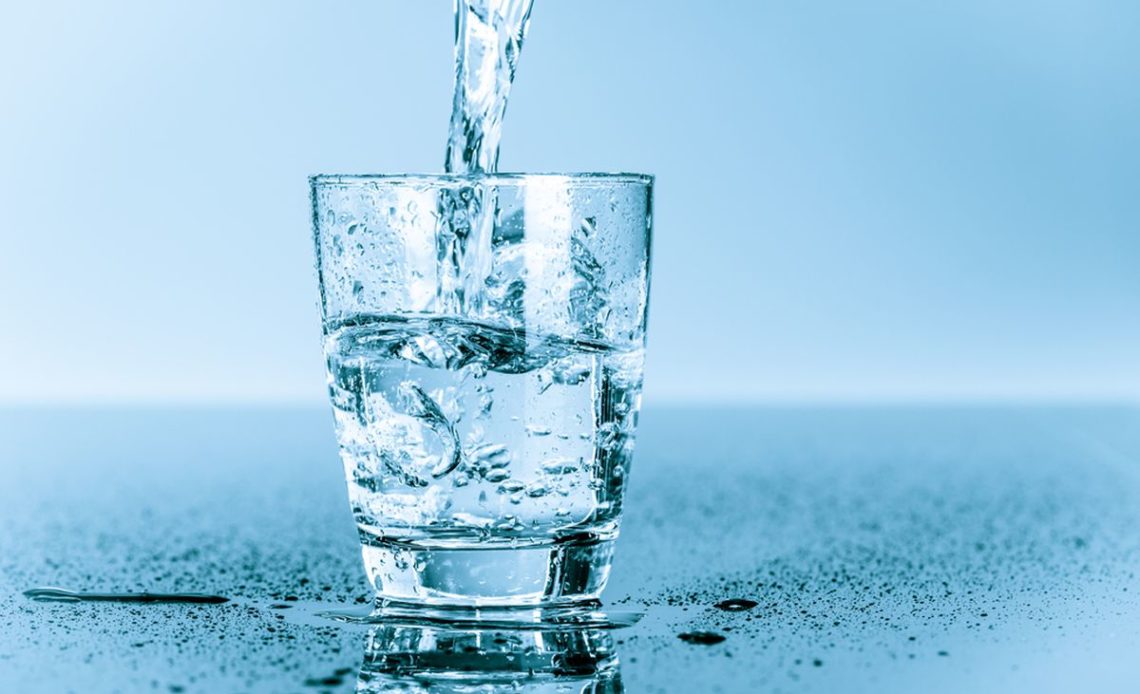
DRINKING AND THE IMPORTANCE OF FLUIDS INTAKE IN THE HOT SEASON
The
importance of drinking the right amount and quality of liquids especially in
the hot season or if there is too much Humidity or if you practice exercise
needs to be considered carefully. The higher the temperatures, the higher the
sweat rates because the temperature is contributing to your total body
temperature and you have to stay close to 98.6. The higher the humidity the
higher is the sweat rates.
Well conditioned athletes have the ability to sweat more because their blood
volume is higher and they possess a higher surface to sweat that help them keep
their temperature down . Also the body has learned to produce sweat that has a
lower sodium concentration. That means that as they sweat more They can
maintain their blood volume higher longer for a better performance.
Also higher intensity activities are associated with greater sweat rates.
Women have lower sweat rates than men, but also, women are smaller typically,
so they don’t have as much heat to dissipate. The sweating capacity for young
children is low and needs to be considered. Young children don’t have the same
number of sweat glands per unit surface area as adults. Therefore Children
playing or competing in hot and humid environments are actually at higher risk
for heat stress than adults who are working in the same environment. People do
acclimatize to higher temperatures and to higher humidity. Plasma volume will
expand to increase a total blood volume as people get acclimatized to a higher
heat.
In humidity The heart is then able to pump more blood per beat. More blood flow
goes to the muscles and to the skin so you can sweat more. Salt and sweat
decreases by about 60 percent to conserve electrolytes to help maintain blood volume
and sweating starts at a lower core temperature to inhibit an elevation in a
critically high core temperature.
Especially in a high heat and high humid environment one should be very careful
that it doesn’t reach a critical threshold for dehydration. People with
diarrhea have the same problem for a different reason than exercise or simple
heat and humidity. Some people just don’t drink enough fluids, and there is a
condition called voluntary dehydration. They voluntarily dehydrate because they
don’t think that they need the fluid. Therefore it’s very important for people
to drink in a fixed schedule, whether they think they need the fluids or not.
If there are induced high sweat rates, such as in saunas, that can induce quick
dehydration. Also if you take or do exercise or simply eat you need to add more
water, because your body by increasing its metabolism increase the necessity to
sweat fluids out
Hyponatremia is also something which is important to consider. This stands for
sodium reduction in the blood and this is a serious problem especially in
people who are drinking only water as their hydration beverage while they’re
exercising. You put water into the blood, the concentration of sodium per unit
blood drops so the body is forced to get rid of that extra water in the blood
because the sodium concentration is too low… That creates a state of edema.
If the edema occurs in the brain a person can get a seizure and a coma because
it will get a swelling in the brain. You can also get pulmonary edema, fluid in
the lungs, edema in the abdomen, fingers and ankles, you’ll notice some
swelling. it may Be associated with nausea and vomiting, muscle cramping,
headache and confusion. The basic message here is if you’re exercising and the
exercise is associated with significant sweat losses then it’s very important
to have a beverage that has sodium in it. As long, along with the fluid that is
consumed so that you can maintain the blood volume. People on a low sodium diet
or exercise without sodium are at risks, but also people on drugs treatment
with steroid antinflammatory drugs which increase the excretion of sodium or
with a history of cystic fibrosis
The effects of dehydration on aerobic endurance performance is kind of
interesting. If you weigh a hundred pounds, and you’re now down to ninety eight
pounds You can start seeing some decrements in performance. You can also get
adverse effects due to the cardiovascular functions and temperature regulation
alterations that occur With dehydration. Maximal aerobic performance
decreases by 4.8% with a 3% weight loss during exercise in a neutral
environment.
Also dehydratation contribute to contribute to central fatigue. The body is
tries you to stop doing this terribly dangerous thing. People who don’t consume
fluids during physical activity are not doing themselves a favor. People who
don’t consume fluids that have the right content Of sodium and a little bit of
carbohydrate intake also are missing a very big opportunity to sustain optimal
performance.
It’s ideal to drink as much as you need to drink to offset sweat losses.
Most humans have no idea of how much fluid loss they lose during exercise.
Therefore, it’s important to drink at a fixed time interval, to bring water and
fluid and sodium and sugar into the system as often as you’re able. Thirst is
stimulated only after a large fluid deficit. You can only maybe take in one to
two liters per hour if you’re in a hot and humid environment . Therefore no
opportunity should be missed to take in fluid when you can. You should keep
drinking small amounts, even if you have to carry the bottle with you,
throughout the entire activity. Ingestion of large volumes of relatively
dilute, low sodium Beverages may increase the risk of hyponatremia and
voluntary food intake, fluid intake, commonly results in dehydration.
You should drink a good volume of fluid, around a half a liter, two to three
hours before you exercise. And this stimulate gastric emptying. Any fluid that
you consume subsequent to this will leave the stomach more quickly because
you’ve consumed a large volume of fluid before you exercise.
During activity you should drink 6 to 12( 250 ml ) ounces every 15 to 20
minutes. If it’s hotter, or more humid you might want to drink even a little
bit more or with greater frequency.
After the activity, you want to replace about 150% of sweat losses. And the
reason is because you’re continuing to sweat. Typically drink three cups for
every one pound ( 0,4 kg. )weight loss through sweat.
